Technical Articles

As a critical fluxing agent, its content directly determines the sintering temperature window, the amount of glass phase formed, and the degree of product densification. Scientifically increasing the feldspar ratio can effectively lower firing temperatures and broaden the firing range, thereby achieving energy savings, reduced consumption, and improved efficiency. Conversely, reducing its usage is crucial for obtaining specific high-temperature properties.
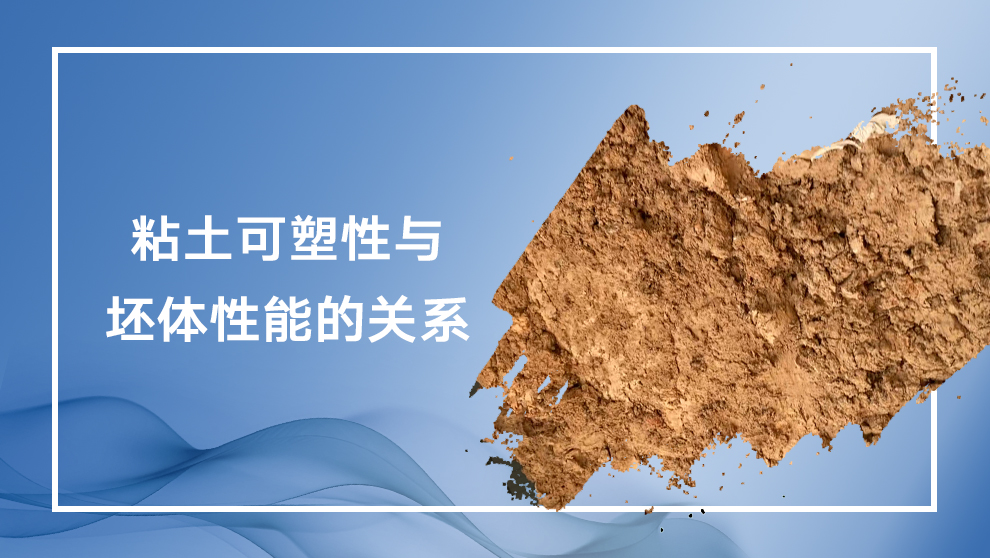
Clay plasticity is the pivotal variable determining the ultimate performance of ceramic bodies from forming to firing. It is a double-edged sword: high plasticity endows bodies with superior formability and green strength, enabling the production of complex shapes; yet it also carries heightened risks of drying shrinkage and cracking.
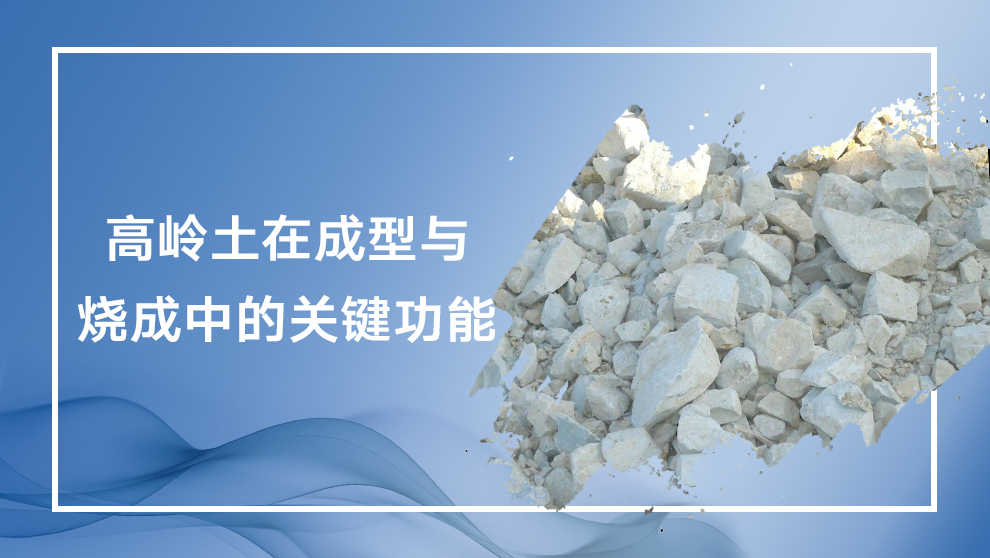
We conduct in-depth research into the interaction mechanisms between kaolin and products. Through close collaboration with our customers, we will continue to develop high-value-added kaolin solutions, helping customers enhance product performance, reduce production costs, and minimize their carbon footprint.
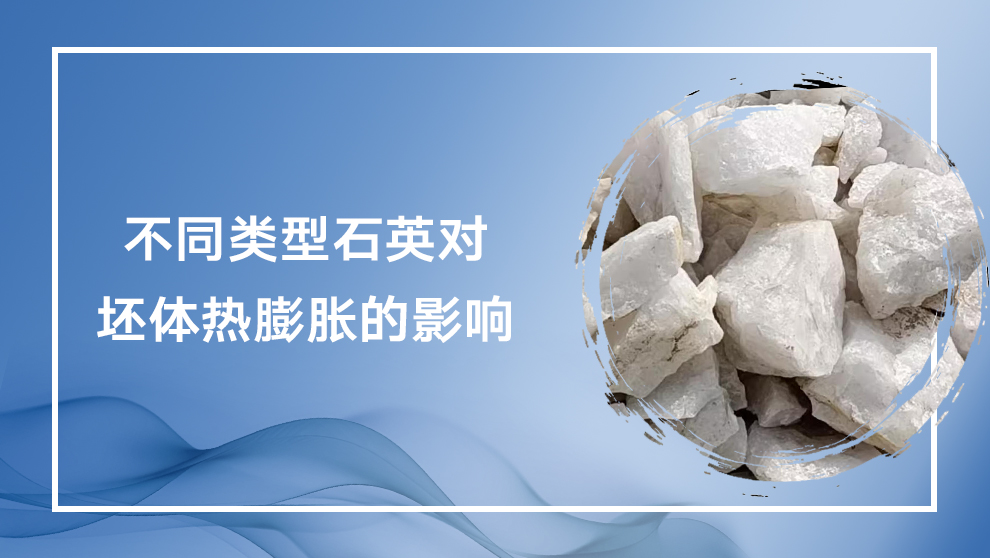
In developing high-end products like sanitaryware, scientifically selecting quartz raw materials is crucial for optimizing body microstructure, mitigating cracking risks, and enhancing product reliability. Precise control over quartz thermal behavior serves as an indispensable bridge connecting ceramic formulation design with exceptional product performance.

Feldspar plays an indispensable multifaceted role in sanitaryware body formulations. It serves not only as an efficient natural flux agent, significantly lowering firing temperatures and optimizing energy consumption, but also as a key element in constructing the ceramic body's microstructure. By forming a glass phase, feldspar substantially enhances the product's mechanical strength, hardness, and durability. Simultaneously, its regulation of the firing process effectively minimizes product shrinkage and deformation.
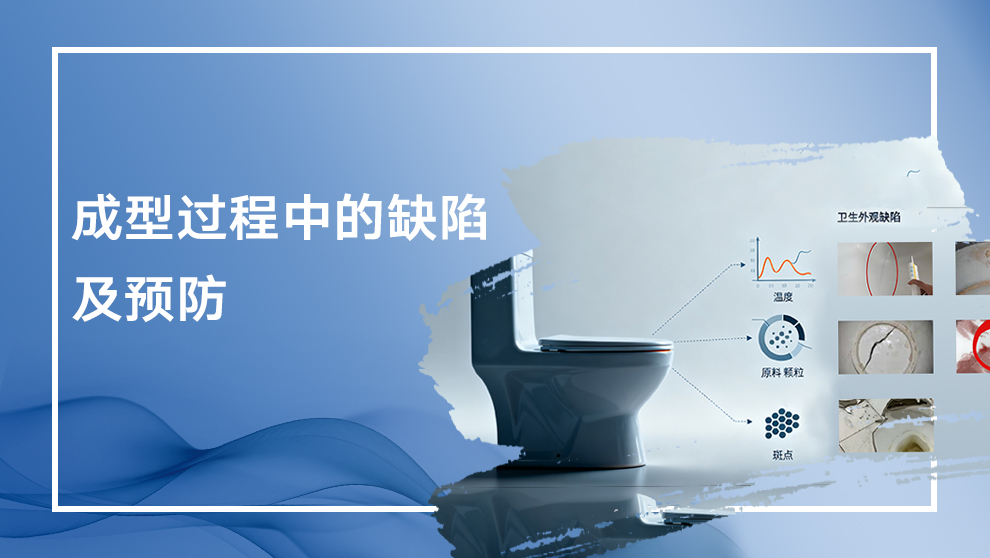
From raw material preparation to high-temperature firing, any minor oversight in each process step may lead to product defects or even total scrap. Multiple defects can occur during ceramic forming. Below are some common defects and their preventive measures:
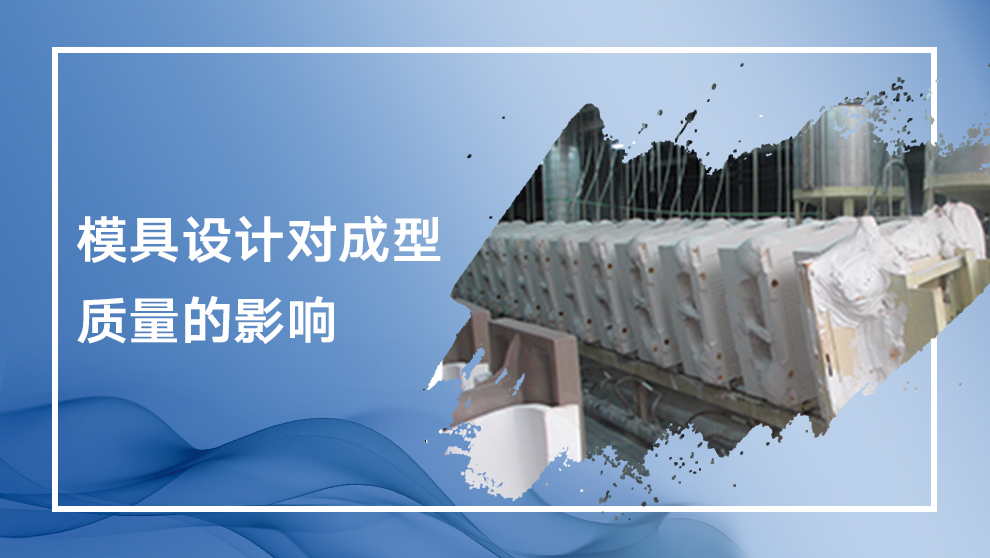
Mold design serves as the bridge connecting product design to mass production, acting as a critical factor influencing forming quality. A successful mold design must satisfy product appearance and functional requirements while simultaneously considering production feasibility, efficiency, and cost-effectiveness. Any minor flaw in design will be amplified during large-scale production, ultimately directly impacting product yield and quality.

The sanitaryware production process, encompassing the complete workflow from raw material preparation, slip casting, to glazing and firing. Uncover the manufacturing secrets behind how bathroom fixtures like toilets evolve from clay into exquisite sanitaryware.
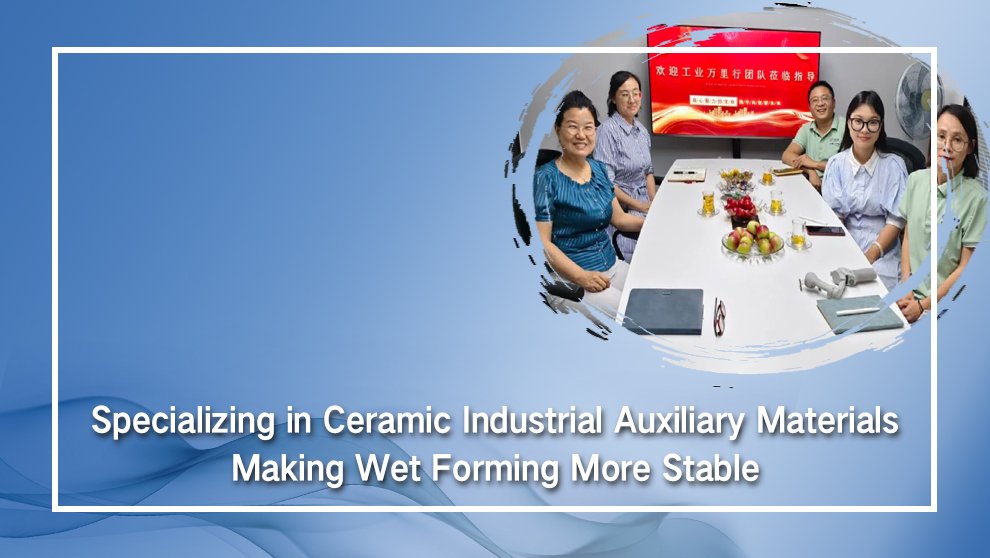
Small auxiliaries, big manufacturing impact. Though seemingly minor, these materials are indispensable pillars of the ceramic industry. Centering on “stability,” Shidai Yitao enhances slurry forming properties through rheology modifiers and ensures long-term slurry stability with preservatives, empowering enterprises to achieve efficient, high-quality production. Amidst emerging new materials and processes, Shidai Yitao continuously explores broader application scenarios, committed to delivering more refined and reliable auxiliary solutions for the ceramic industry.

The roles and values of commonly used raw materials (such as kaolin, feldspar, and quartz) and additives (such as desiccant, binder, and defoamer) in sanitary ceramics production. By rationally combining raw materials and additives, the fluidity of the slurry can be optimized, the strength of the body can be enhanced, and the quality of the glaze can be improved, thereby increasing the overall performance and production efficiency of sanitary ceramic products.